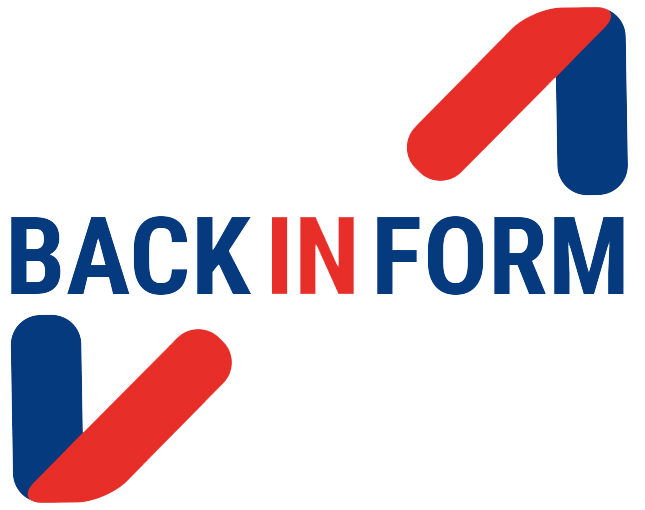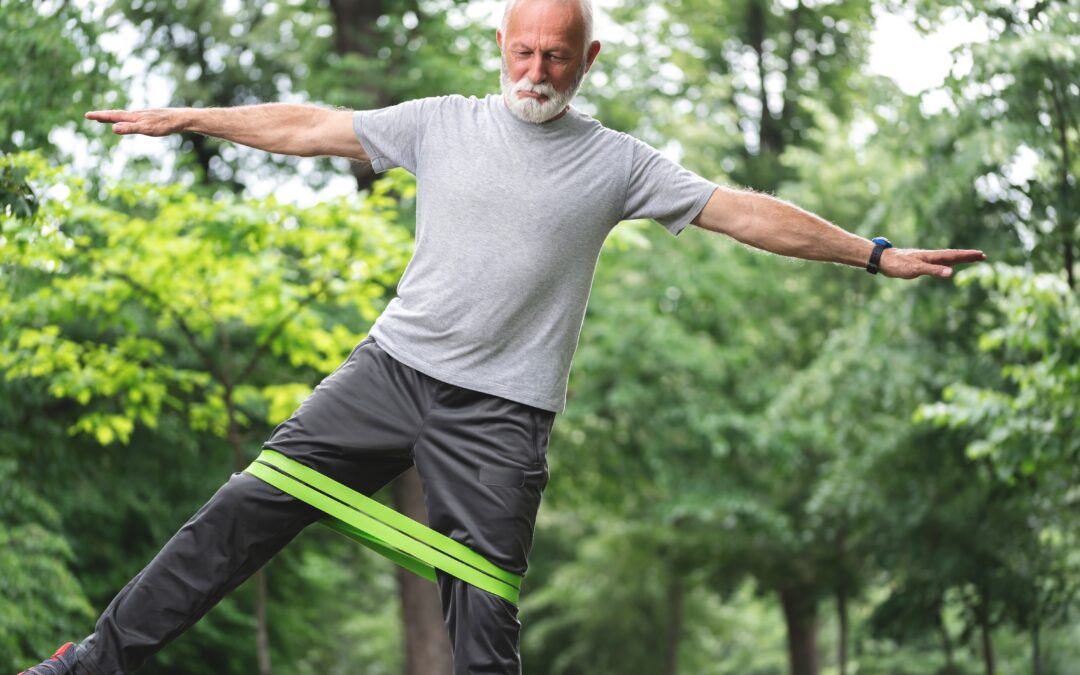Dear Friend,
Today’s blog is about the importance of strong buttocks for human performance, whether for athletic performance, physical labor or simply Activities of Daily Living (ADL) and the negative effects of gluteal weakness.
Anatomy:
Your buttocks are made up of three gluteal muscles, The Gluteus Maximus, the Gluteus Medius and the Gluteus Minimus.

The Gluteus Maximus is your strongest hip extensor, helping you get off the chair or toilet seat, lift up your grand child, safely climb stairs and manage curbs, and simply stand upright. Gluteus Medius and Minimus counter gravity’s adductive forces at the hip through hip abduction and external thigh rotation and stabilize the hip during the swing phase of walking gait. Understanding the job discription of these muscles gives you already an idea of the negative effects that weaknesses in one or more of these muscles can mean to physical performance.
Causes of Gluteal Weakness:
In today’s modern world an ever growing number of our population is spending their eight hour work day sitting on chairs in front of computers, returning home to a dinner table and later on to the TV couch and finishing the day off lying in bed. In other words twenty-two hours of most days they spend keeping their gluteals inactive (unloaded/inhibited), leading to atrophy of the gluteals and tightening of hip flexors. Other causes of gluteal weakness include:
- overuse of quadricep dominated exercises
- Muscular imbalances especially abdominals and back extensors
- Knee-, Hip- and/or Back Pain (secondary)
- Postural Deviations i.e. sway back or flat back
Effects of Gluteal Weakness on human performance:
Gluteal inhibition negatively effects performance, lumbar-pelvic-hip stability, postural alignment, and lower body strength causing often chronic pain and injuries whether it’s on the athletic playing field or at home performing ADL. In athletics optimal postural alignment means more efficient movement, less muscular fatigue, less stress on joints and ligaments, and a more optimal transfer of energy while moving (more power). In older adults optimal posture reduces the chance of cumulative injuries due to static positions. Gluteal weakness is often the reason for a transfer from independent to assisted living. Conditions caused by weak gluteals:
- Hamstring Strains
- Low back pain
- Anterior knee and hip pain
- ACL (Anterior Crucial Ligament) sprains
- Ilio-Tibial Band Syndrome
- chronic ankle instability etc.
What came first, the egg or the chicken?
In many cases it’s not clear whether gluteal weakness causes the condition or the condition causes the weakness. Example: An older adult suffering from osteo-arthritis in the knee might adopt pain related gait changes leading to gluteal inhibition. On the other hand, weak gluteals lead to hip and knee instability and an increase in wear and tear and therefore result in osteo-arthritis.
Treatment:
Studies show that gluteal inhibition/weakness can be successfully addressed and almost fully reversed within a few weeks through appropriate exercises, introducing regularly loaded activities. In order to re-activate the gluteals often functional hip mobility has to be restored first. Sit to Stand Stretch, Active Hamstring Stretches and isolated gluteal stretches i.e. Piriformis Stretch can help with mobility. The second phase should include simple gluteal activation exercises such as Bridging (2 to 1 leg), Clam Shell Exercises, Quadruped Hip Extensions, Fire Hydrant Exercise etc. This phase is followed by loaded exercises to increase/restore gluteal strength. Exercises such as Squats, Dead Lifts (progressing from bilateral to single leg and single plane to multi planar), Farmers Walks, Resisted Walking (sagital as well as frontal plane), and resisted Reverse Lunges promote great gluteal activation and contraction forces.
For detailed exercise descriptions please watch ViEW (Video Exercise Workshops) on “Gluteal Activation and Strength” by visiting our website: www.backinform.com
In summation: Weak Buttocks are a common occurrence in adults of all ages. Untreated, those weak buttocks can cause severe problems and injuries associated with lumbar-pelvic-hip instability and significantly reduce performance on the every day- and athletic playing fields. The good news is, that gluteal inhibition and weakness can be reversed through an appropriate exercise program.
If you need help recreating your buns of steel please give me a call!
A Sante,
Hartmut
Sources:
http://functionalresistancetraining.com/articles/re-activating-and-strengthening-the-gluteal-muscles
http://wannabebig.com/injury-rehab-and-stretching/how-gluteal-atrophy-effects-posture-performance/
http://www.shapefit.com/exercise/gluteal-amnesia.html
http://redefiningstrength.com/glute-activation-10-exercises/
http://www.higher-faster-sports.com/noglutes.html
http://drjohnrusin.com/top-5-glute-activation-techniques/
https://experiencelife.com/article/go-to-glutes/
http://www.brianmac.co.uk/glutes.htm
http://well.blogs.nytimes.com/2010/12/21/when-the-diagnosis-is-dead-butt-syndrome/?_r=1
http://www.healthline.com/human-body-maps/gluteus-maximus-muscle
http://physicaltherapy.about.com/od/humananatomy/a/Gluteus-Medius-Muscle.htm

